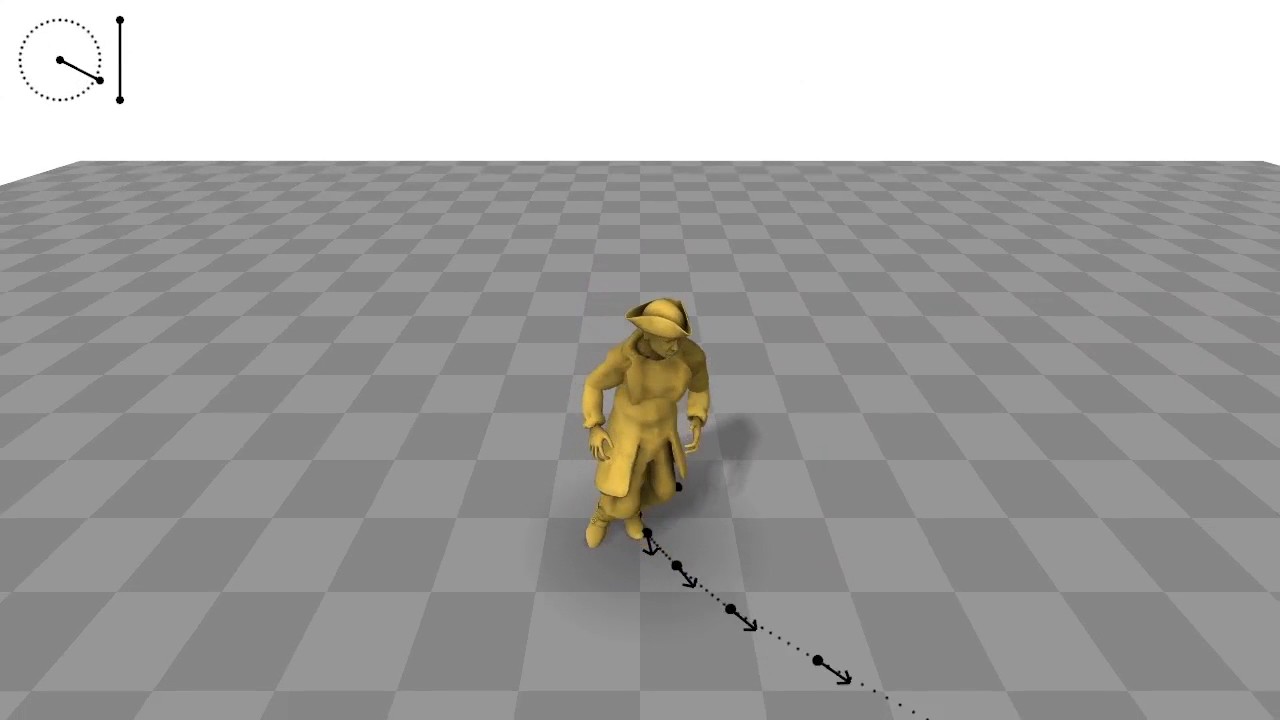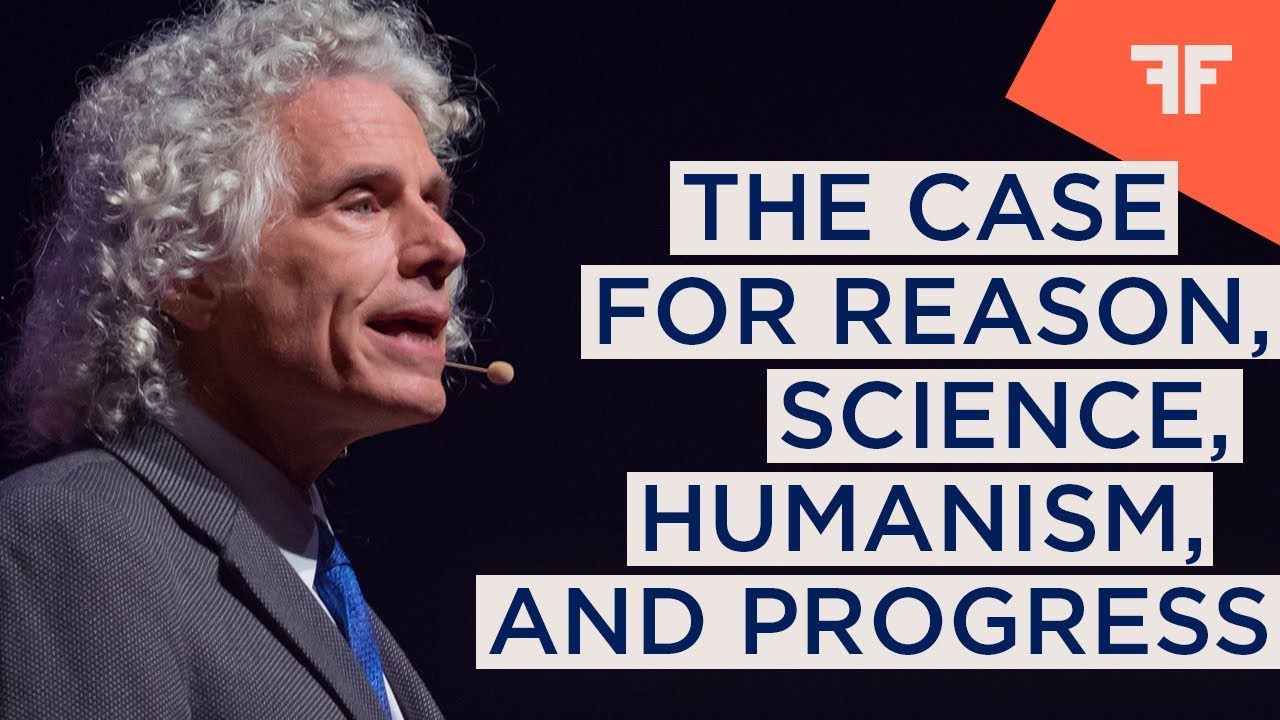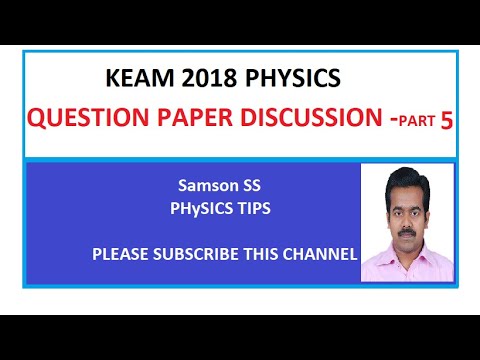Yoshiboy2
We present a real-time character control mechanism using a novel neural network architecture called a Phase-Functioned Neural Network. In this network structure, the weights are computed via a cyclic function which uses the phase as an input. Along with the phase, our system takes as input user controls, the previous state of the character, the geometry of the scene, and automatically produces high quality motions that achieve the desired user control. The entire network is trained in an end-to-end fashion on a large dataset composed of locomotion such as walking, running, jumping, and climbing movements fitted into virtual environments. Our system can therefore automatically produce motions where the character adapts to different geometric environments such as walking and running over rough terrain, climbing over large rocks, jumping over obstacles, and crouching under low ceilings. Our network architecture produces higher quality results than time-series autoregressive models such as LSTMs as it deals explicitly with the latent variable of motion relating to the phase. Once trained, our system is also extremely fast and compact, requiring only milliseconds of execution time and a few megabytes of memory, even when trained on gigabytes of motion data. Our work is most appropriate for controlling characters in interactive scenes such as computer games and virtual reality systems.
Source
Phase-Functioned Neural Networks for Character Control




<insert "I understand some of these words" image here>
First steps to win vs aliens
I wonder how different the final output is between captures of some coder with two left feet versus an athlete like a HS or collegiate level wrestler.
Wow, this could improve npc move too
This is extremely impressive!
For your functions is n the number of points/arrows on the line? Be cool to apply that to rpgs as I would assume the character would move better over complex terrain the higher the value of n so it would be fun to have it in an rpg. If their say agility, dexterity, sense and or strength were lower than normal that would lead to a lower n meaning they wouldn't be able traverse complex terrain well or fight on it. The complexity you could add to games like planescape, baulder's gate, pillar of eternity and more would be amazing. It would be hilarious to see a mage cast a spell like fireball and when they go to throw it at the enemy they stumble on the terrain and hit a teammate or blow themselves up.
This would be amazing for NPC's
Autodesk stop disliking this please! Not all the things you don't understand are bad! "Great video"
Stair animations still needs work. Haven't seen any sprinting animations on rough terrain yet in which most players just love to sprint on.
Is this possible to implement in Unreal Engine 4?
Looks like the loading hub for black flag.
Thank you Yoshiboy2, very cool
I'm wet
Now we just have to figure out how to put this in skyrim.
Very good. I see some of the comments are about Uncharted. Alas Uncharted is but a cheap imitation to that of neural networking the movement of a character. Now all they have to do is give him his own ai, make him a self aware NPC, and and see how long it takes him to realise he is in a computer simulation. I'll see myself out. ?
Or you make the game an FPS and avoid all this CPU massacring thing.
meanwhile it took bethesda like 2 console generations to figure out how to make a character strafe diagonally forward.
this is still just a dynamic animation system, right? the movement is not being produced by real-time physics calculations and simulated muscle and joint movement? still impressive but i hope eventually games are able to do the latter
Witcher could definitely use this.
God how can I use this in my game?? 😀
much realism
What engine is this?
Soon in Red Dead Redemption 3…
We're nearly there god
All I could think was uncharted 6 during this video
even if its not practical this is really awesome
this is next gen or next next gen
Someone ping me when this goes into a real game.
This is awosome !!!! Is ths achivable using ML agent in unity Unity ?
Do you guys happen to have a research paper on any link to something? I'm very interested in playing around with this tech and I don't know where to start.
Gta 5 haves some of this, but, it will be more fun if thia is combined with some dinamics
Playstation 10
Where do you buy it????
And I have a hard time getting my characters to turn in place.
Gta 6 would have this technology but it would still feel like you're constantly walking on ice
does anyone what happened to them? are there already games using this technique or are planning to use it?
Ooooo I like that idea, where you look is where you're character looks and their walking is different, like walking backwards and sideways while facing your target of vision
This is something for Rockstar Games. This is like when Euphoria was showing their stuff. the next step in Realism in gaming.
Much of this is already inn Star Citizen. https://youtu.be/PryJ3CpHcXQ
one day we'll be scared to jump in a game, because it will look so realistic and feel like we're controlling a real little human
It's great!!!
Could I get this?
This is definitely the future of videogame animations
i can write boobs on a calculator.
I hope the guys from @InfinityWard and @Activision have noticed this and contacted you. This is superb stuff!
(oh, and I just shared this vid with them on twitter)
Truly outstanding work. Congratulations on the fantastic results and thank you for all of the hard work. I'm always thrilled to see new steps forward (no pun intended) in software development that cuts down on some of the tedious tasks of content creation.
This is so splendid. Such an impressive neural network. I would be interested to read/learn more about the phasing mechanism – it gives such mind blowing and smooth results!
What nba 2k needs to be a better basketball game.